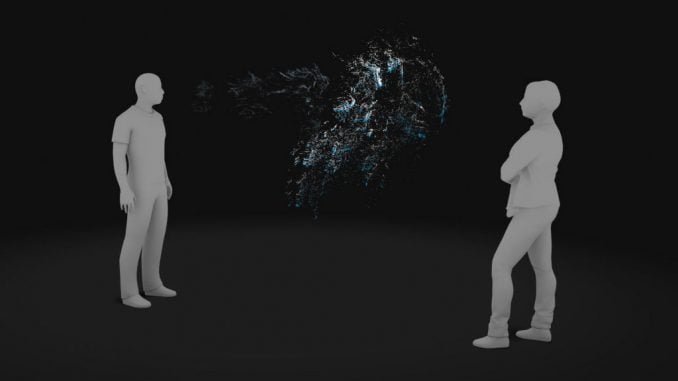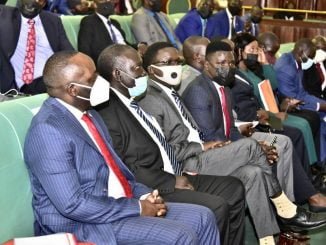
Kampala, Uganda | URN | A study published in the journal Nature Research shows that the coronavirus can stay and rotate within the air for two hours in crowded or places that have limited ventilation.
In a study carried out in two hospitals in Wuhan China at the height of the epidemic, scientists based at Wuhan University found bits of the virus’s genetic material floating in the air of hospital toilets, doctors’ rooms and rooms where medical staff take off protective gear from.
The researchers explain that people produce two types of droplets when they sneeze or cough whereby larger ones drop to the ground before they evaporate, causing contamination mostly via the objects on which they settle whereas the smaller ones those that makeup aerosols that they studied can hang in the air for hours.
“The majority of viral RNA in the air was associated with aerosols smaller than 2.5 microns. This is a very important finding because such aerosols can remain suspended in the air for 2 hours and longer,” reads the paper submitted to Nature in part.
“Measurable deposition of aerosols onto the floor, and presumably, other surfaces can occur at distances of 2-3 m from an infected person. The implications are that transmission can then occur via contact with the deposited viruses and that they can subsequently be re-suspended in the air if disturbed,” the paper adds.
While they also checked inpatient wards and other bigger rooms where positive cases had passed, only a few aerosols were found when compared to small areas like toilets.
Read Also: Stopping truck drivers would be suicidal – Museveni
These findings according to the lead researcher Ke Lan highlight the importance of ventilation and limiting crowds. However, the researchers note that their findings are based on small sample size and that to further understand this, there’s a need for bigger randomized studies.
But, as these findings are being released, experts at the World Health Organization (WHO) had earlier indicated that the virus that was earlier thought to be spread by main droplets is airborne too.
This, however, has remained a matter of debate as COVID-19 continues ravaging countries with over 3 million people testing positive so far. Uganda so far has 79 confirmed cases, 52 recoveries and 0 deaths recorded.



